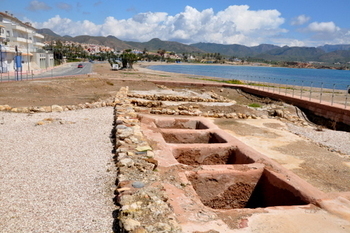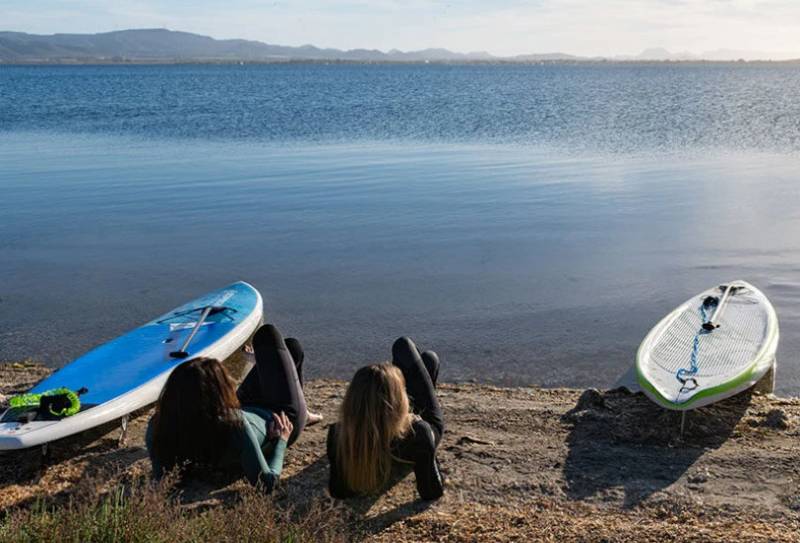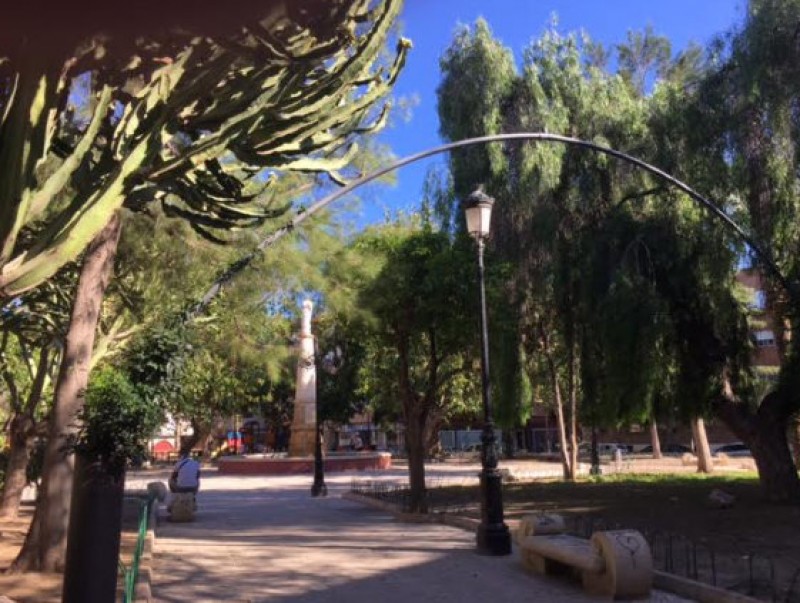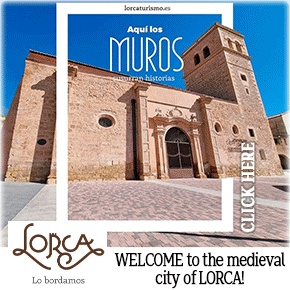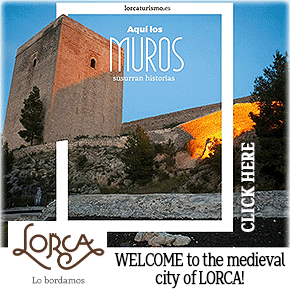- Region
- Águilas
- Alhama de Murcia
- Jumilla
- Lorca
- Los Alcázares
- Mazarrón
- San Javier
-
ALL AREAS & TOWNS
- AREAS
- SOUTH WEST
- MAR MENOR
- MURCIA CITY & CENTRAL
- NORTH & NORTH WEST
- TOWNS
- Abanilla
- Abarán
- Aguilas
- Alamillo
- Alcantarilla
- Aledo
- Alhama de Murcia
- Archena
- Balsicas
- Blanca
- Bolnuevo
- Bullas
- Cañadas del Romero
- Cabo de Palos
- Calasparra
- Camping Bolnuevo
- Campo De Ricote
- Camposol
- Canada De La Lena
- Caravaca de la Cruz
- Cartagena
- Cehegin
- Ceuti
- Cieza
- Condado de Alhama
- Corvera
- Costa Cálida
- Cuevas De Almanzora
- Cuevas de Reyllo
- El Carmoli
- El Mojon
- El Molino (Puerto Lumbreras)
- El Pareton / Cantareros
- El Raso
- El Valle Golf Resort
- Fortuna
- Fuente Alamo
- Hacienda del Alamo Golf Resort
- Hacienda Riquelme Golf Resort
- Isla Plana
- Islas Menores & Mar de Cristal
- Jumilla
- La Azohia
- La Charca
- La Manga Club
- La Manga del Mar Menor
- La Pinilla
- La Puebla
- La Torre
- La Torre Golf Resort
- La Unión
- Las Palas
- Las Ramblas
- Las Ramblas Golf
- Las Torres de Cotillas
- Leiva
- Librilla
- Lo Pagan
- Lo Santiago
- Lorca
- Lorquí
- Los Alcázares
- Los Balcones
- Los Belones
- Los Canovas
- Los Nietos
- Los Perez (Tallante)
- Los Urrutias
- Los Ventorrillos
- Mar De Cristal
- Mar Menor
- Mar Menor Golf Resort
- Mazarrón
- Mazarrón Country Club
- Molina de Segura
- Moratalla
- Mula
- Murcia City
- Murcia Property
- Pareton
- Peraleja Golf Resort
- Perin
- Pilar de la Horadada
- Pinar de Campoverde
- Pinoso
- Playa Honda
- Playa Honda / Playa Paraíso
- Pliego
- Portmán
- Pozo Estrecho
- Puerto de Mazarrón
- Puerto Lumbreras
- Puntas De Calnegre
- Region of Murcia
- Ricote
- Roda Golf Resort
- Roldan
- Roldan and Lo Ferro
- San Javier
- San Pedro del Pinatar
- Santiago de la Ribera
- Sierra Espuña
- Sucina
- Tallante
- Terrazas de la Torre Golf Resort
- Torre Pacheco
- Totana
- What's On Weekly Bulletin
- Yecla


- EDITIONS:
 Spanish News Today
Spanish News Today
 Alicante Today
Alicante Today
 Andalucia Today
Andalucia Today
article_detail
Roman remains in Puerto de Mazarron, the El Alamillo villa and the house in Calle Era
The remains in El Alamillo and Calle Era bear witness to the Roman past of Mazarrón
The Roman Villa at El Alamillo
The city of Cartagena was taken by the Romans from the Carthaginians in 209BC and they swiftly set about exploiting the natural resources of the area, establishing a settlement in what is now Mazarrón, which they named "Ficaria".
Their interest in the area stemmed from its proximity to Cartagena, which the Romans named Cartago Nova, and in the mines and salt flats of this part of the coastline. In the 1970s a Roman milestone was found near the church of La Purísima, showing the distance from the Via Augusta (one of the main communications and trade routes created by the Romans along the Mediterranean coastline), and it is known that Mazarrón was one of the ports of call along the route.
But apart from their mining activity, the Romans were also especially attracted by the opportunity to produce "garum". This was a highly prized (and highly priced!) salted fish sauce, and was exported from the Mediterranean throughout the Roman Empire. In Puerto de Mazarrón there is a well-preserved fish salting factory which is home to the municipal archaeology museum, and is well worth a visit.
Apart from this, there are several smaller sites where the tanks used to macerate small fish and ferment them to produce the sauce can be seen, and one is the Roman villa alongside the beach of El Alamillo. This was built during the second half of the 1st Century BC and in its day was a self-sufficient farmstead.
The villa is typical of its time. It has external workshops and was doubtless a base for the farming of surrounding areas, as well as being actively involved in fishing activities and garum production. There is evidence of further Roman construction at the other end of the same beach, although it is impossible to tell whether the two structures were linked in any way.
On site it can clearly be seen that this particular villa was involved in the production of garum and salted fish products at the same time as the large salt fish factory in what is now the fishing port area. There are six salting tanks in which the the fish would have been macerated, but by the late 2nd or early 3rd century AD the villa was abandoned.
La Casa Romana de la Calle Era
This site consists of the remains of a large Roman residential complex which housed several family units, centred around a communal courtyard and entrance. The remains date back to the late 4th or early 5th century AD and are evidence of a fairly strong local economy and population, it being quite likely that they relate to economic activity in relation to salted fish sauce production.
As with the villa of El Alamillo there is very little to see other than the external stone and mortar walls of the building.
For more local visiting information, as well as news and events, go to the home page of Mazarrón Today.
Loading
Sights to see in Mazarrón
Contact Murcia Today: Editorial 000 000 000 /
Office 000 000 000




